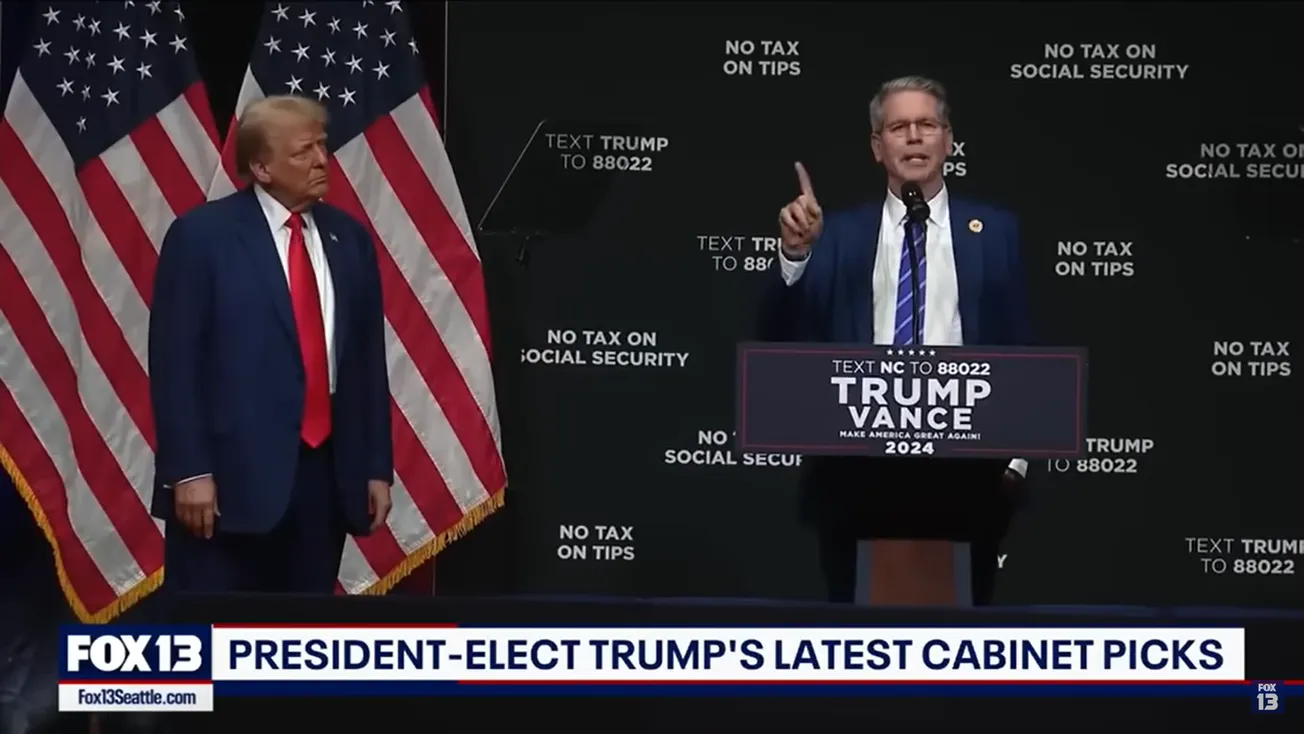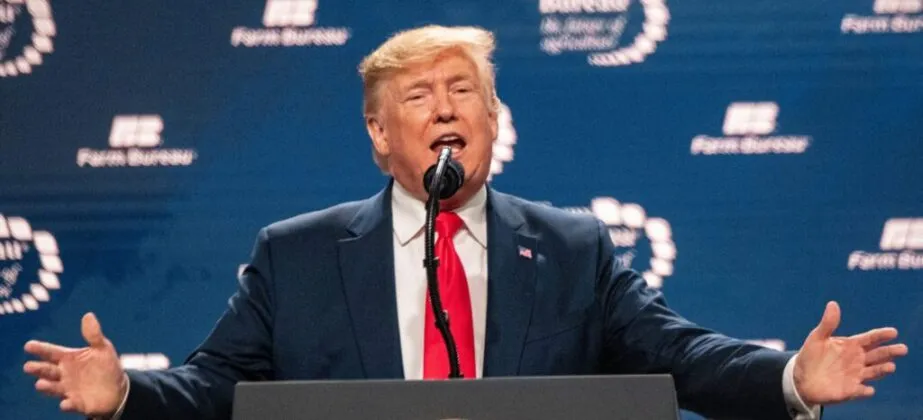Interest costs in the federal budget will hit $1 trillion in Fiscal Year 2025, roughly 15% of the total budget going to interest alone, according to a Congressional Budget Office report covered by the New York Times and CNBC on Feb. 15. This, while there is no economic growth even when measured by GDP. Interest on the federal debt already exceeds even military spending as of this Fiscal Year 2023, totaling more than $850 billion, as EIRNS has reported. But as the Treasury (according to CBO projections) adds another $19 trillion by 2032 to its current $31 trillion debt, and interest rates rise over 5% at least, debt interest costs will cross the $1 trillion annual mark in two years and keep accelerating upwards.
The source of this debt/interest explosion is not mentioned in Congressional or media tantrums about the “debt ceiling.” In early 2020, under COVID pandemic pretexts, the Federal Reserve actually gained the capability to drive federal government spending and debt. This “regime change” was accomplished through the seizure of clear control of fiscal policy by a troika of Janet Yellen (Fed chair in 2020 and then seamlessly Treasury Secretary from 2021), Steven Mnuchin (her immediate predecessor and partner at Treasury), and BlackRock CEO Lawrence Fink, who designed the special purpose vehicles through which the Fed “supported” a $5 trillion outburst of federal “stimulus” borrowing and spending in 18 months, while the Treasury, in turn, provided the Fed with $450 billion of that as collateral. That “stimulus” has added another $1 trillion in debt by Biden’s Inflation Reduction Act, and the federal budget is now on track for deficits of $2 trillion/year for a decade, according to the CBO.








